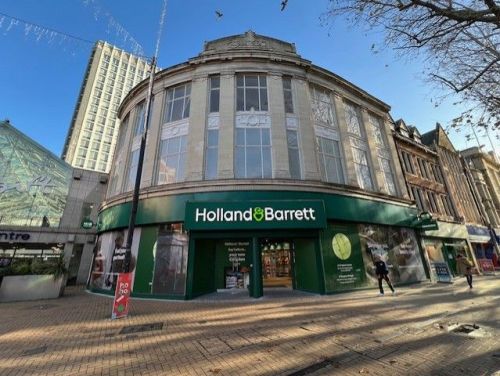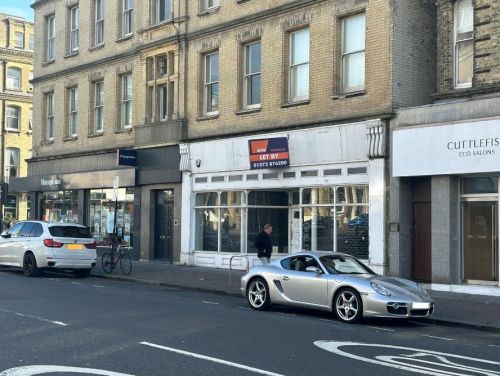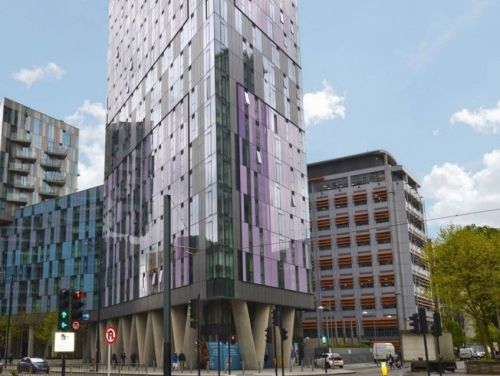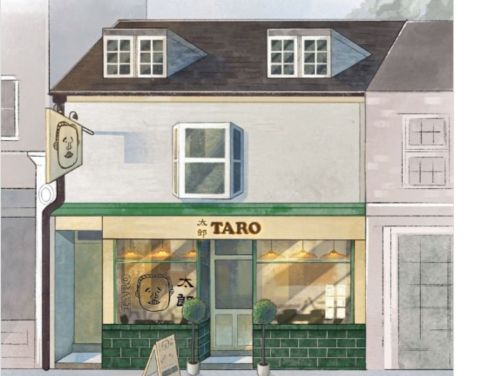2 December 2019
Flexible planning is key to helping high streets
Retail & Leisure
With traditional retail under pressure from many quarters, much consideration is being given to how our high streets can remain healthy and relevant.

Local authorities have historically had policies that ensure an abundance of A1 retail in town centres. But given the precarious position of many mainstream retailers, are these policies still fit for the current market?
I think not. There is an immediate need for greater planning flexibility from local authorities. We cannot wait for new planning policies to be formulated, such as the High Street Use Class mooted this summer.
It's a simple truth that high streets need to be visited by people and to attract them, people must be offered what they want and need. Naturally this includes shopping facilities but there should also be leisure, health, general services and an evening economy.
We are seeing increasing demand for space from non-A1 occupiers including dentists, chiropodists, health spas, nail bars and gyms. Many such uses provide a retail experience that cannot be replicated on the internet; they require visits to the high street. Any operation that needs to be physically visited will increase footfall.
For this reason, I will always advise developers that are creating new retail units in mixed-use developments to seek planning for their units encompassing A1/A2/A3/D1/D2 and B1a. It is important that all possible uses are catered for.
Surely the likes of dentists, chiropodists, restaurants and gyms must be good uses for town centres. They appeal to local people who are the lifeblood of their local high street.
Residents need a reason to go to their high street. If this is lacking, they will instead use the service and leisure providers close to where they work and their own, local commercial centres will become irrelevant and dormitory like.
To ensure the future health of all commercial centres, local authorities can act as a catalyst. They have played a strong supporting role in the revival of local cinemas in suburban London. A successful cinema will bring people to the high street and help attract other businesses; they are becoming the new anchor.
Local authorities can facilitate such developments either via direct investment or by providing the right building, as they have at the Picturehouse in West Norwood. Cinemas have also opened in neighbouring East Dulwich and Crystal Palace. Although only a few miles apart, these openings are being driven by what appears to be a new localism agenda.
Customers will generally stay local if they can find what they want without having to travel. It is convenient and economic. People want their community to thrive.
I firmly believe that all uses for the high street should be encouraged and allowed. Supply and demand will dictate who the operators should be. Why insist on a high percentage of A1 uses if that is not what potential customers want? If they can buy products cheaper via the web, they will. If they can visit their local high street for a good service, they will. A fully occupied, busy high street must be the best way forward, no matter what the use is.
Article originally published by Property Week - 02.12.2019




